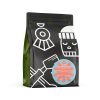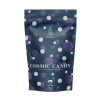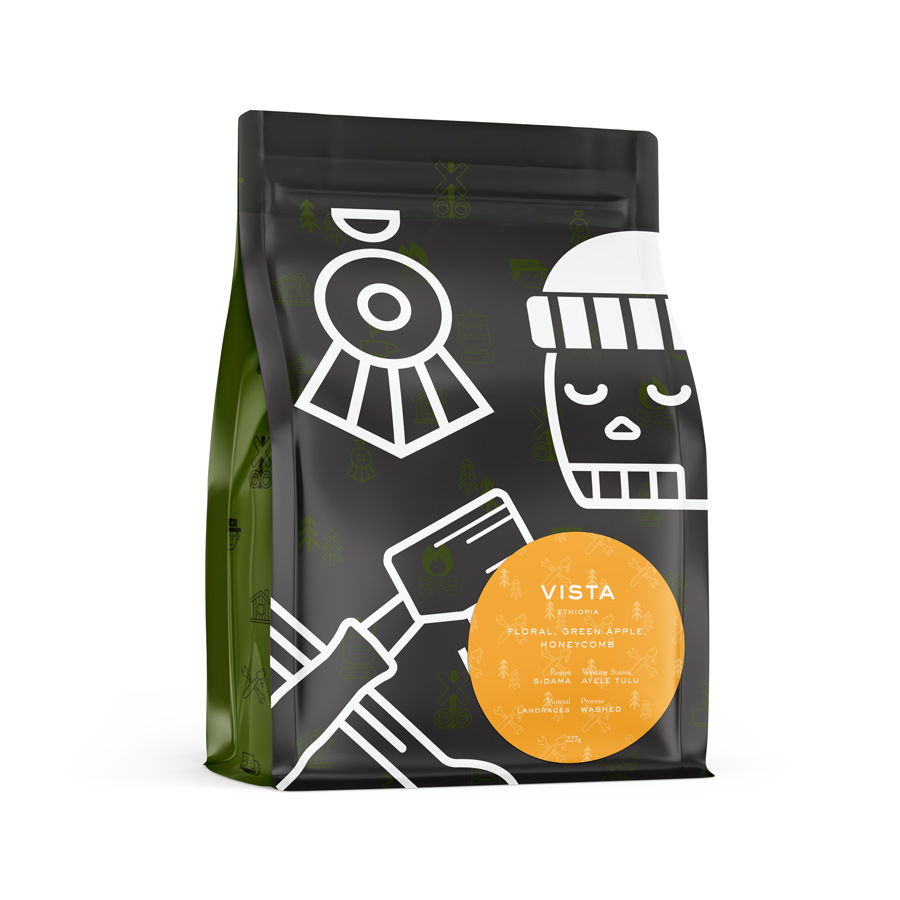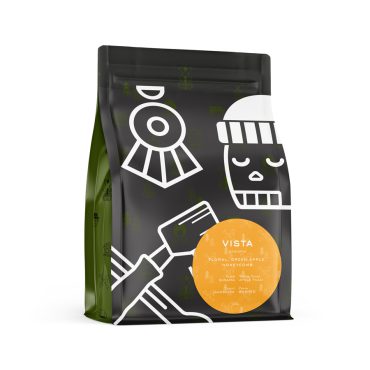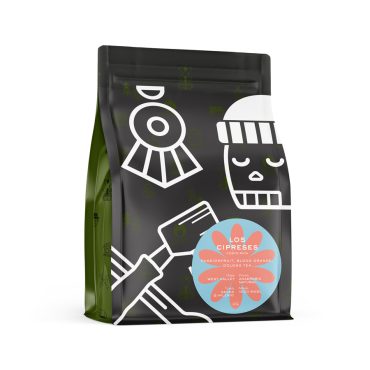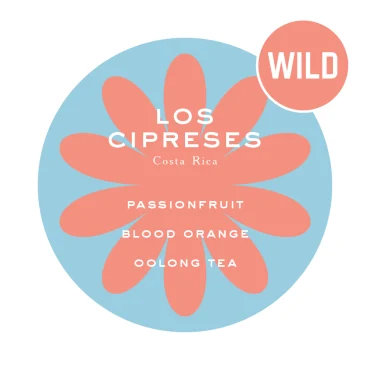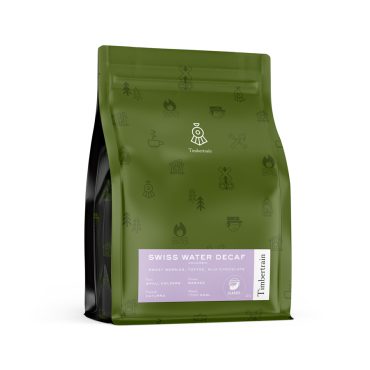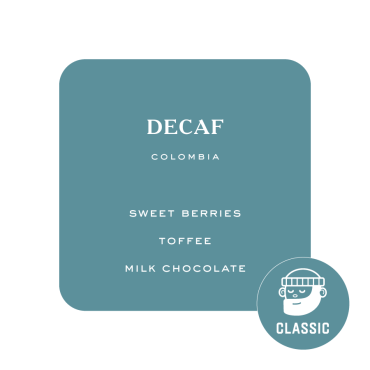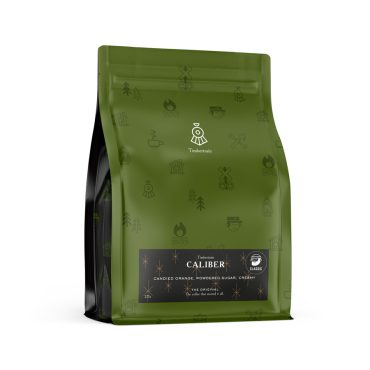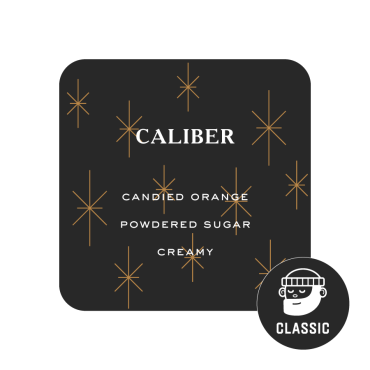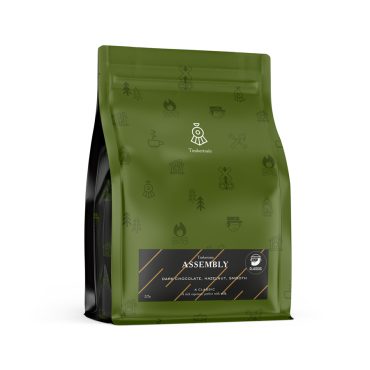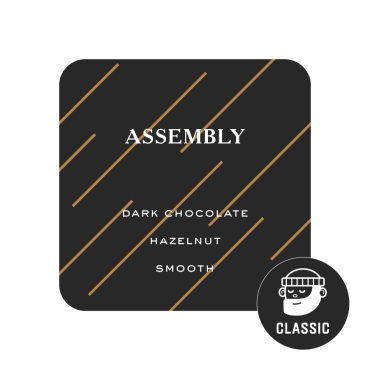The taste is bright, juicy, and gives us the same excitement as looking out over a panoramic Vista!
Tasting Notes: Floral, Green Apple, Honeycomb
Country: Ethiopia
Region: Bona Zuria, Sidama
Washing Station: Ayele Tulu
Producer: Local Smallholders
Varietals: Native Landraces
Process: Washed
Altitude: 2,130-2,350 MASL
Note to subscribers: Please note that Vista is a seasonally rotating single-origin coffee, carefully selected to showcase a clean, washed profile with fruit and floral-forward flavors, such as stone fruit and citrus. Consequently, the specific coffee may change from time to time to align with seasonal availability.
We have launched a new & improved website.
Please bookmark and order from Timbertrain.ca now on.
